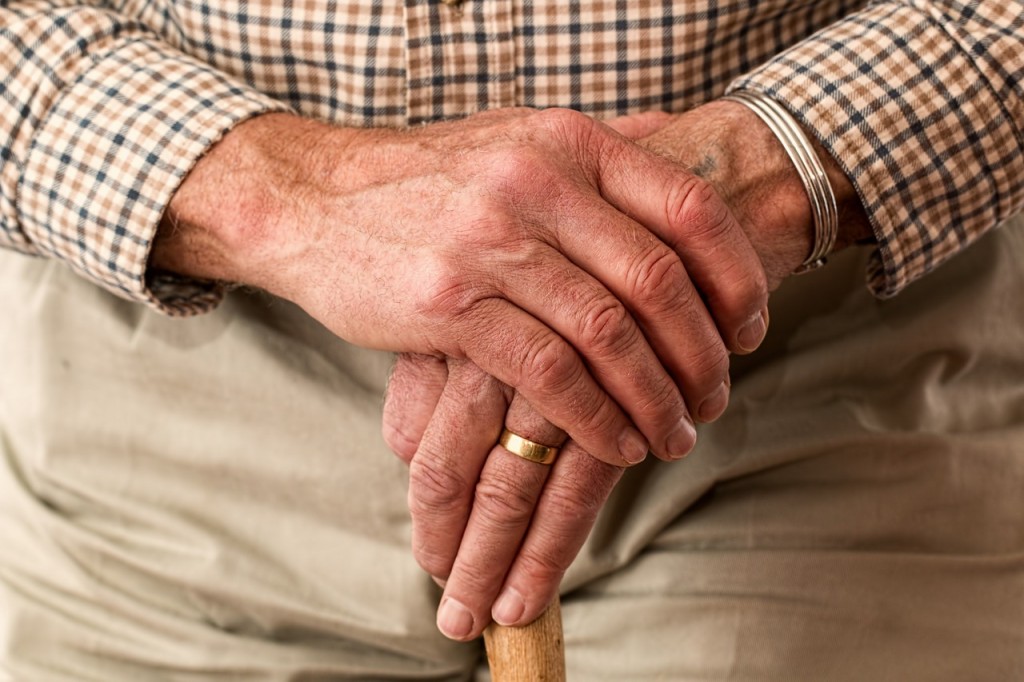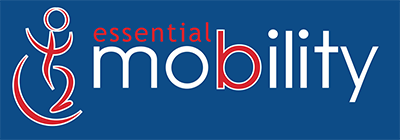As you get older, one of the most crucial things to do to stay healthy is to exercise and be as energetic as possible in order to help aid your independence and strength. However, we understand that this can be tough to achieve when often, if not permanently, you are relying on support to help mobility.

Most adults over the age of 65 spend at least 10 hours a day sitting or lying down which, in turn, makes them the most sedentary age. As a result of this, it can sadly lead to health complications such as obesity and heart disease, which can increase a higher rate of falls due to lack of strength. As your age increases, it becomes really important to keep active to stay healthy and maintain that independence. One of the reasons for this is that inactivity can make all those things you enjoy doing a little bit harder. In addition to this, you may also start to lose the ability to pursue simple things that you once found easy.
One of the main ways to combat future health complications is to keep moving. What you will find is that it will keep you pain-free and reduce the risk of mental illness, keeping you independent and outgoing well into old age.
Dr Nick Cavill, a health promotion consultant, said. “As people get older their bodies decline in function, physical activity helps slow that decline.” As you get older, staying in touch with friends and family will become paramount, so doing as much physical activity will ensure that remains possible.
What is physical activity?
Physical activity can be defined as anything that gets the body moving. This can be anything from some simple arm and upper body movements to light, aided swimming or even some easy gardening! Whilst using a mobility aid, it can be difficult to envision yourself performing exercises, but with the assistance of a friend or loved one who, for example, could help you in and out of a pool, you should be able to find something suitable to keep you active.
Each week, try and aim for about 120-150 minutes of moderate exercise. Get the blood pumping by aiming to do something every day for around 10 minutes, even if it is just hand cycling and gentle upper body swimming with a friend. An excellent way to get your full 250 minutes would be to do 30 minutes of exercise five days a week.
Unfortunately, your daily chores such as shopping, cooking or housework do not count towards your exercise program as they are not strenuous enough to raise your heartbeat to the recommended level. However, it may be difficult to exercise whilst needing a mobile aid, so we suggest some of the exercises below that use mainly upper body strength
We advise doing some weight exercises on top of your 150 minute target that works your muscles such as:
- Weight training.
- Lifting heavy loads
- Gardening
Depending on your current health circumstances, it is always a good idea to perform activities that you enjoy. Maybe try going to a class with a friend or loved one that can aid you, as exercising in a group will not only keep you physically healthy but also mentally healthy as you will be socialising at the same time. You would be surprised how accommodating a lot of exercise groups are for those suffering from physical disabilities. Try and get out into the fresh air as often as possible, even renting one of our all-terrain mobility scooters so that you can get out in the countryside?
We hope you have found this helpful, and if you have any ideas for helping those who rely on a mobile aid to get active, comment with your suggestions.





